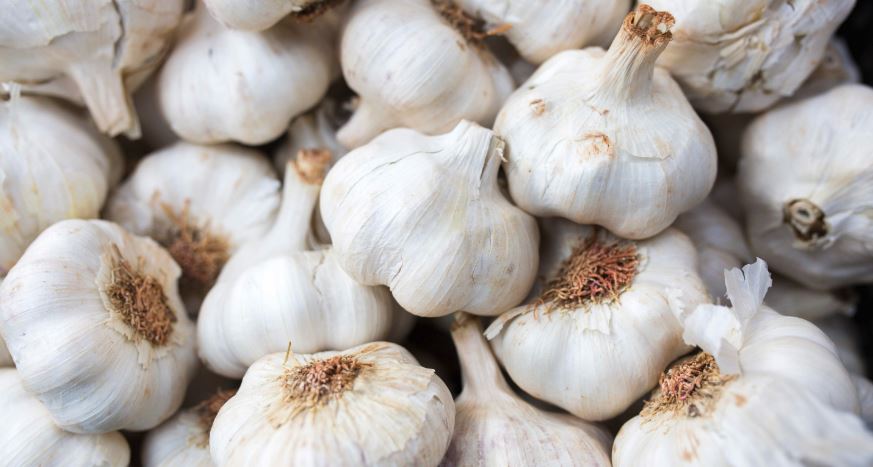New Study Shows Raw Garlic Can Keep Memory Sharp By Helping Gut Health
But how can gut health help your mental agility you might ask?.. Some scientists now suggest a clear connection between just that.
But How Can Gut Health Help Memory Function?
Researchers have found that the brain sends signals to the gut, which is why stress and other emotions can contribute to gastrointestinal symptoms. This study shows what has been suspected but until now had been proved only in animal studies: that signals travel the opposite way as well.
“Time and time again, we hear from patients that they never felt depressed or anxious until they started experiencing problems with their gut. Our study shows that the gut–brain connection is a two-way street.”
Older people who might have poor memories have been shown to have less diverse gut microbiomes.
Eating raw garlic is shown to help encourage the growth of a good and more varied gut bacteria.
In a study where older mice were fed a raw garlic compound to promote better gut health also showed surprising increases in short and long term memory.
Dr Jyotirmaya Behera from the University of Louisville in Kentucky: “Our findings suggest that dietary administration of garlic containing allyl sulfide could help maintain healthy gut microorganisms and improve cognitive health in the elderly”.
Prevention Of Alzheimer And Parkinsons Disease
Eating raw garlic could help prevent age-related memory loss suffered by Alzheimer’s and Parkinson’s patients, scientists suggest.
The natural compound found in garlic – allyl sulfide – improves the health of bacteria in the stomach and also improve cognitive health in the elderly.
Scientists found the compound restores trillions of microorganisms – also known as gut microbiota – in the intestine.
Previous research has highlighted the importance of gut microbiota in maintaining health.
But few studies have explored gut health and age-related conditions.
Eating a raw garlic is a different type of heat in your mouth pic.twitter.com/pmXb5drWdn
— Kharnz (@CutiePieKayy) April 9, 2019
Scanning Brain Function
Functional magnetic resonance imaging (fMRI) scans conducted both before and after the four-week study period looking at women’s brains in a state of rest and in response to an emotion-recognition task in which they viewed a series of pictures of people with angry or frightened faces and matched them to other faces showing the same emotions. This task, designed to measure the engagement of effective and cognitive brain regions in response to a visual stimulus, was chosen because previous research in animals had linked changes in gut flora to changes in effective behaviors.
Researchers found that, women with a healthy gut showed a increase in activity in both the insula — which processes and integrates internal body sensations, like those from the gut — and the somatosensory cortex during the emotional reactivity task.
Further, in response to the task, these women had a decrease in the engagement of a widespread network in the brain that includes emotion-, cognition- and sensory-related areas. The women in the other two groups showed a stable or increased activity in this network.
During the resting brain scan, the women consuming things like raw garlic showed greater connectivity between a key brainstem region known as the periaqueductal grey and cognition-associated areas of the prefrontal cortex. The women with less healthy guts, on the other hand, showed greater connectivity of the periaqueductal grey to emotion- and sensation-related regions.
The researchers were surprised to find that the brain effects could be seen in many areas, including those involved in sensory processing and not merely those associated with emotion.
Asking for a Kiss After Eating Raw Garlic [ENG SUB/O.Y Couple Story]https://t.co/4uy3OH2zEl
— VillageIdiotsSubs (@VillageIdiotSub) April 10, 2019


